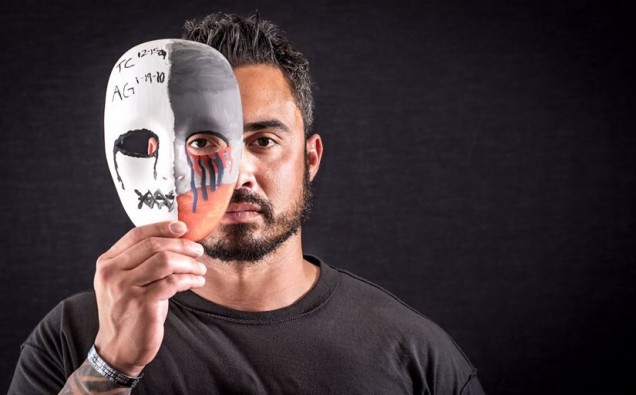People suffering from PTSD typically tend to re-experience a traumatic event through nightmares, flashbacks and distressing recollections of the situation. Sufferers also experience emotional numbness and avoid trigger situations that remind them of their initial trauma.
Medical professionals agree that cognitive behavioural therapy (CBT) is the most effective treatment of choice for post-traumatic stress disorder (PTSD) and with the rates of sufferers on the rise with British military veterans, people battling with PTSD are very much in need of practical tips and approaches.
As specialists in CBT, we are proud of our outstanding PTSD recovery rates and have put together a brief overview of some of the CBT tips we encourage our PTSD patients channel on a daily basis.
1) Observe your thinking and mood
Low mood and anxiety are two of the most common emotions associated with PTSD. One of the first steps CBT teaches you when dealing with PTSD is to keep track of those situations that make you feel anxious or negative thinking patterns. Once these thought processes have been identified the next step is to learn to recognise what makes your feelings get worse. By learning how to really pay attention to yourself and your emotions, you will eventually detect a pattern of certain situations or memories that contribute to your unhelpful thinking patterns.
2) Try to separate your thoughts from triggers and emotional reactions
In trauma focussed therapy, a trigger can be described as a stimulus such as a sound, smell or visual that evokes negative feelings and acts as a reminder of a past trauma. If you have PTSD, these triggers can be experienced as a reliving experience, just like the original traumatising experience. CBT teaches you to identify these triggers and helps the brain to process the traumatic event into a past memory, instead of continually reliving the trauma in the present.
3) Take some time to identify thinking errors and distortions in thinking
People living with PTSD often experience cognitive distortions, which typically causes individuals to develop unpleasant, extreme and exaggerated thinking patterns that are not consistent with what is happening now in the present. These cognitive distortions can have a negative influence on our mood and go on to influence unhelpful behaviours. CBT helps people with PTSD investigate the connections between our thoughts and what we do, awareness of certain situations, when these negative thought processes develop, can help us to find alternative and helpful ways of coping.
4) Challenge your thinking and make it more realistic
Once you’re able to identify your specific unhelpful thinking styles, CBT will then teach you how to put these thoughts and beliefs to the test. Ask yourself questions such as “Are my thoughts based on my present reality?”, “Do I have any evidence to support these thoughts?” “Based on my recent experiences, how will I end up coping with this?”. Questions like these will help you put things into perspective and form more realistic thinking patterns, based on the here and now.
5) Try and identify the difference between ‘real alarms’ and ‘false alarms’
PTSD generally evokes anxious feelings within the sufferer. We tend to feel anxious when there is a perceived threat, and with PTSD it can often be difficult to differentiate between past, current and false threats. CBT will help you to effectively evaluate situations in a balanced way, and identify when you are experiencing an actual risk or if your thought process is unhelpful or unrealistic.





















